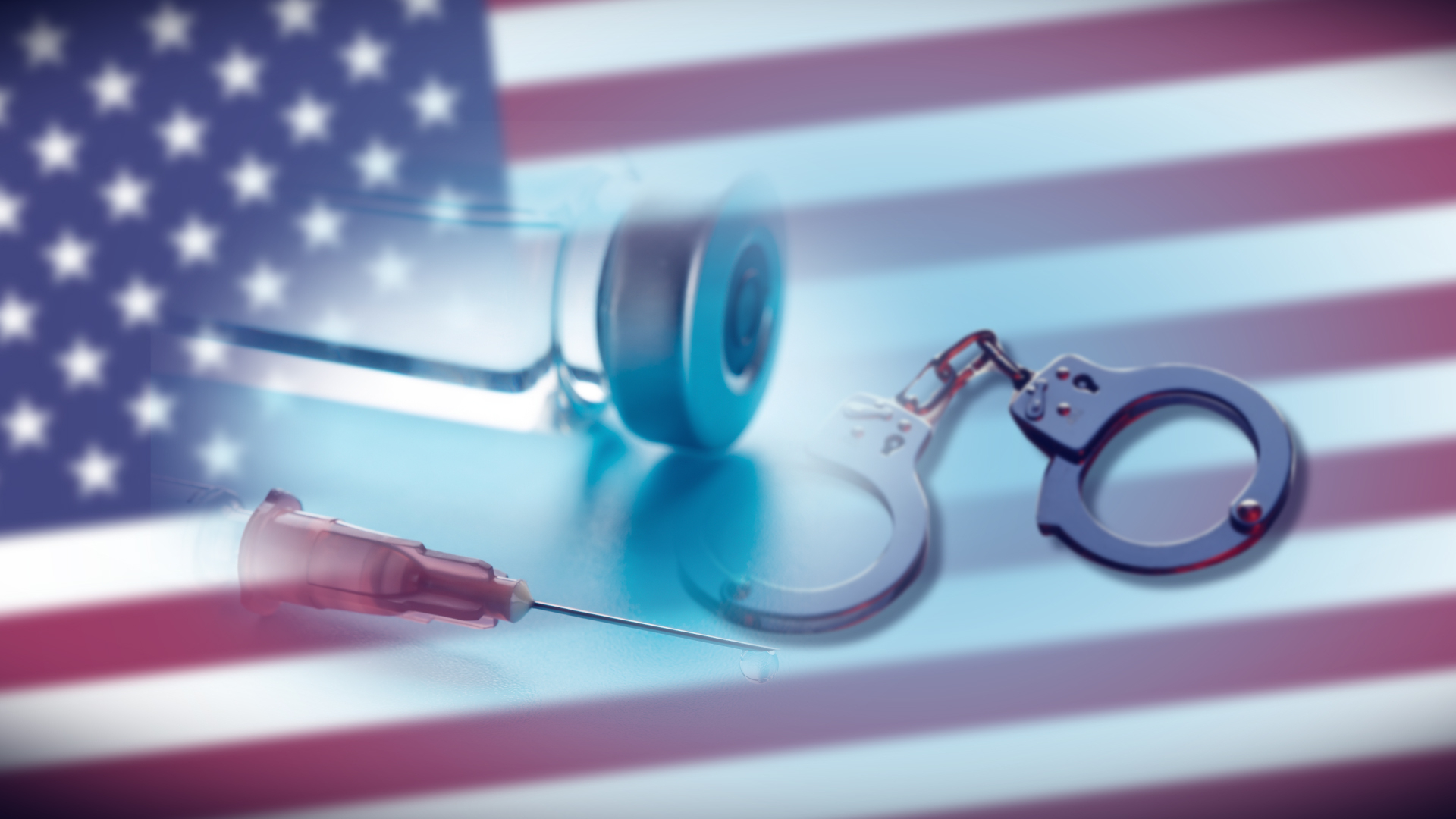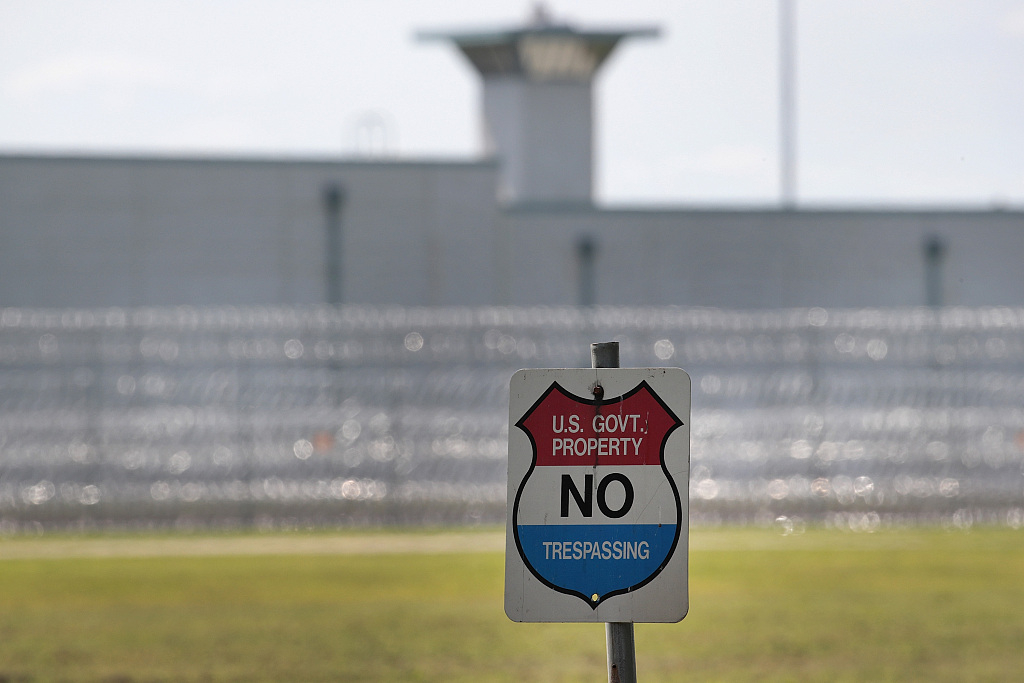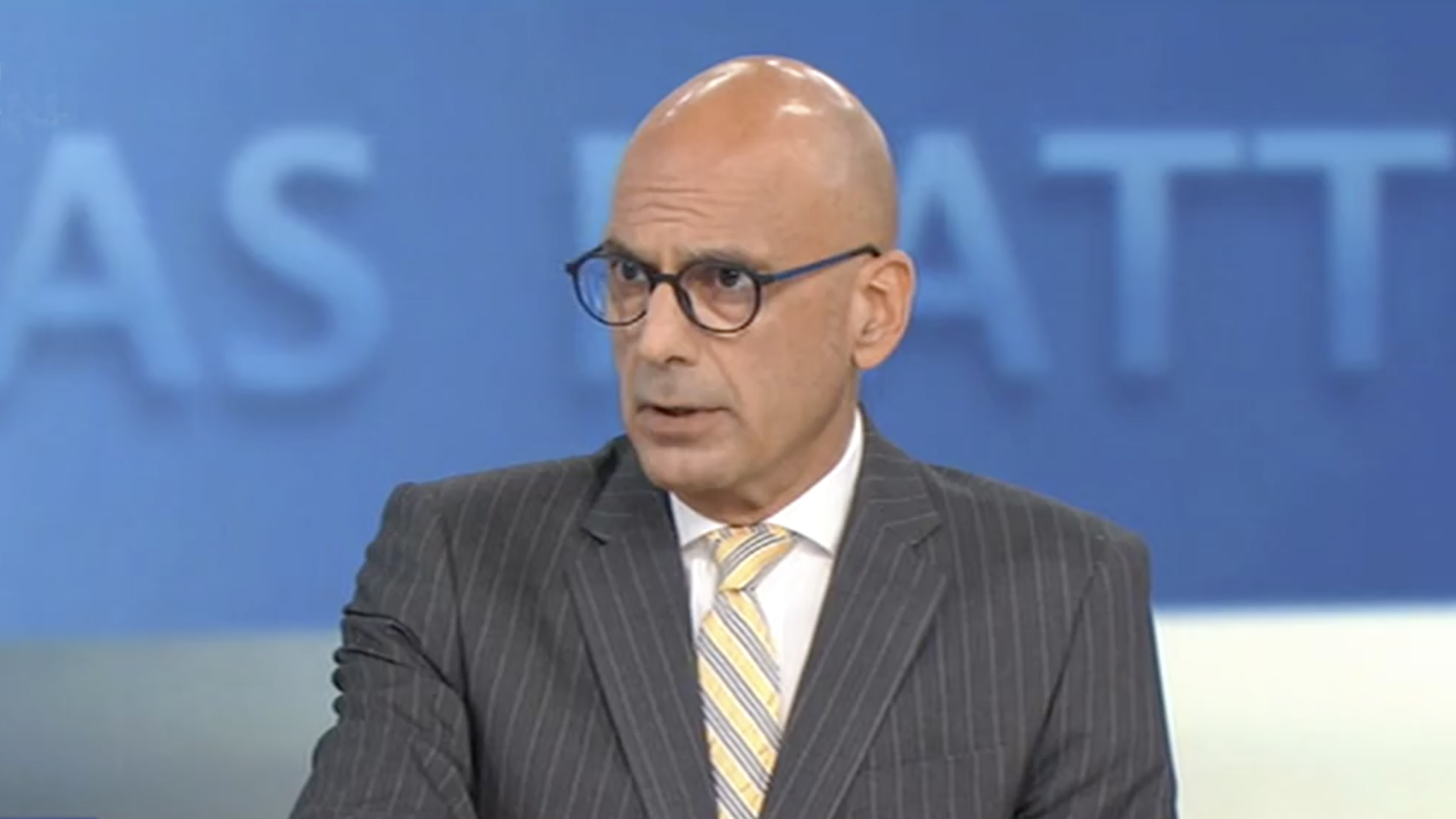
The United States is reinstating the death penalty at the national level after authorization by Congress and the President. Attorney General William Barr announced that five executions have been scheduled for December and January. But the issue remains controversial and emotive in the country since this move reverses a moratorium that lasted 16 years.
In his statement, Barr said the government seeks justice against the "worst criminals" and bring relief to victims and family members. At the same time, however, the government's move is likely to reignite legal challenges to the specific protocol and reinvigorate a debate concerning the constitutionality of lethal injection.
What are the reasons behind the Trump administration's reimposition of the death penalty?

"Trump's own idea is to apply the death penalty for quite a long time. But why is it now to make a decision to apply this death penalty? I think it's because of the popular election. Trump is trying to win more votes from the American people. If the popular will thinks that the death penalty is very important (...), we definitely need to apply certain kinds of deterrent approaches against the crimes," Yin Bo, associate professor of Criminal Law Science at Beijing Normal University, told CGTN.
Five people are scheduled to be executed at th--e U.S. federal level. The list includes Daniel Lewis Lee, who was convicted in Arkansas of murdering a family of three and Lezmond Mitchell, who was found guilty in Arizona of stabbing a 63-year-old grandmother and forcing her young granddaughter to sit next to her lifeless body on a car journey before slitting the girl's throat.
Also on the list is Welsey Ira Purkey, who was found guilty in Missouri in November 2003 of raping and killing a 16-year-old girl before dismembering and burning her body. The same person was also convicted for using a claw hammer to kill an 80-year-old woman. Alfred Bourgeois was convicted in Texas in 2004 for torturing and sexually molesting his two-year-old daughter before beating her to death. Dustin Lee Honken was found guilty in Iowa in 2004 of murdering five people, including a single mother and her 10- and 6-year-old daughters.

A sign warns away trespassers at the Federal Correctional Complex Terre Haute, Indiana, July 25, 2019. /VCG Photo
The death penalty was outlawed at the state and federal levels by a 1972 Supreme Court decision that canceled all existing death penalty statutes. A 1976 Supreme Court decision reinstated the death penalty to several states, and in 1988 the government passed legislation that made the death penalty available again at the federal level.
According to the latest Gallup polling, opposition to the death penalty is at its highest point in almost half a century, though still 56 percent of Americans continue to support it. Barr once wrote in an Op-Ed that "We need a death penalty to deter and punish the most heinous federal crimes such as terrorist killings. That penalty would send a message to drug dealers and gangs."
It's yet another issue on which America is deeply divided. What opposition will the federal government's move to resume the death penalty face?

"The problem with the federal death penalty since 2003 has been this three drug concussions in the state of Oklahoma. (...) It took them about two hours to die (...) through lethal injection. Attorney General Barr has addressed that, they would do the single drug (injection) and the execution will be more humane. (...) That is why it (the federal death penalty) has been stuck in limbo for these 16 years," said Edward Lehman, managing director of the Chinese law firm Lehman, Lee & Xu.

Copyright © 2018 CGTN. Beijing ICP prepared NO.16065310-3
Copyright © 2018 CGTN. Beijing ICP prepared NO.16065310-3